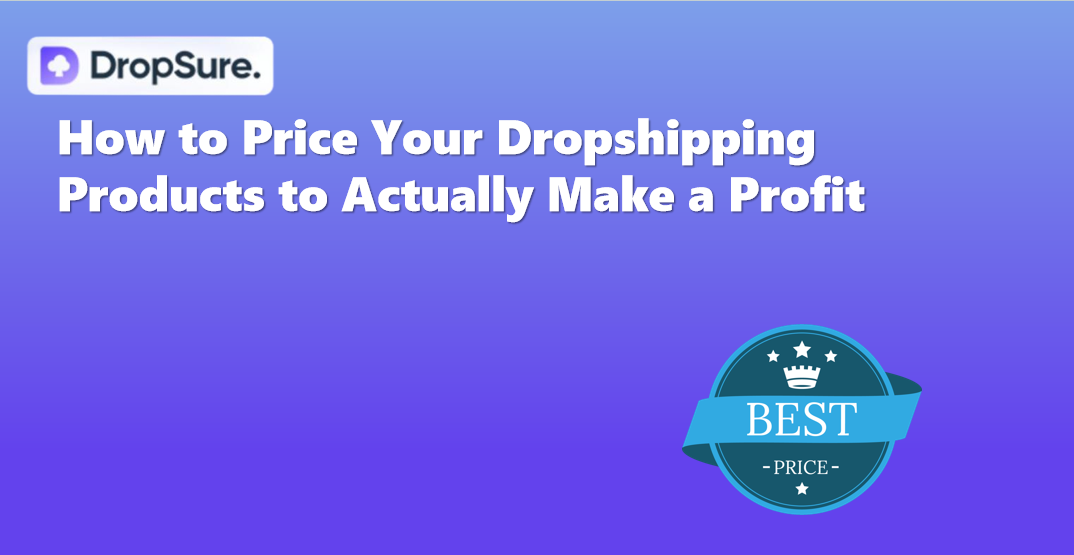Let’s be real—if you’ve done dropshipping, you’ve probably felt that soul-crushing moment when you burn through hundreds of dollars in ads, only to see barely a few “Add to Cart” actions in your dashboard.
I’ve been there. I had a decent product, a solid landing page, and a pretty generous ad budget. But my ROI was stuck at 0.8—losing money every single day. Then I changed my approach. Instead of “selling a product,” I started telling stories using UGC-style ad copy and videos. The result? My ROI doubled—jumping from 0.8 to 1.7, and eventually peaking at 2.3.
In this article, I’m going to break down exactly how I did it. No fluff, no theory—just real tactics that worked.
What Was Wrong With My Previous Ads?
My old ads were a textbook example of “product-centric advertising”:
Right off the bat — polished product photos, followed by three lines of copy about the features: looks great, portable, special price.
Result?
Lots of clicks, but barely any conversions. Why?
Because me saying my product is awesome doesn’t hit as hard as a user saying:
“Wow, I’ve been using this for a week and my sleep actually improved.”
That kind of authenticity is what truly sells.
What Is UGC Advertising, and Why Does It Work So Well?
UGC (User-Generated Content) refers to content created by real users—things like unboxing videos, everyday product reviews, or casual “selfie-style” testimonials.
Why is UGC so effective?
1. It reduces buying anxiety
No matter how beautiful your models are or how polished your set is in a traditional ad, most regular people look at it and think: “Well, that’s not me.”
But UGC feels different. The person in the video might be wearing pajamas, filming in their kitchen, using natural lighting, and speaking with a casual tone. But because it feels raw and real, it builds trust.
This is called the “peer resonance effect”—when people see someone just like them using a product, they naturally let their guard down.
2. It gets better algorithm reach
Take TikTok, Instagram Reels, or YouTube Shorts for example. These platforms reward content that looks organic.
Nobody wants to be hit with obvious ads all the time. If your video looks like an ad, the platform throttles its reach.
But if it feels like a casual Vlog or daily life clip, the algorithm often treats it as high-potential content and boosts it—giving you more organic exposure for free.
UGC doesn’t just grab user interest; it also gets algorithmic love.
3. It converts better
Let’s be honest—people rarely buy because your logic is flawless. They buy because you hit the right emotion.
That’s the secret of UGC—it doesn’t teach people how to buy; it makes them feel like buying.
For example:
A traditional ad might say: “This sleep mask has five layers of light-blocking fabric and memory foam for improved sleep quality.”
A UGC-style ad would say: “I literally couldn’t fall asleep until 3 AM every night. Then I tried this mask… and for the first time, I slept straight through till 9. I thought I had died or something.”
The second one tells a story. It feels human. It hits a nerve—not just a bullet point.
That’s why UGC ads often massively outperform traditional ones in terms of conversion.
How to Write High-Converting UGC Ad Copy
Step 1: Define your core buyer persona and clarify “what problem she wants to solve”
Let’s say I’m selling a portable massager, and my target audience is “office women who work late and always have neck and shoulder pain.”
What does she care about the most? Obvious results, easy to use, and not ugly looking.
So your UGC should revolve around those points—not stuff like “our advanced technology.”
Step 2: Write ad scripts that sound like casual conversations
The heart of UGC ads is that they should feel like a real friend is talking to you—not like some corporate pitch.
When users see your ad, their first instinct isn’t to read carefully. They subconsciously ask: “Does this sound like something my friend would say?”
That’s why UGC copy needs to feel like real-life sharing, not branded slogans.
For example, a traditional ad might say:
“The XXX massager uses ergonomic design to relieve neck and shoulder fatigue.”
But that sounds cold and distant—it doesn’t make people want to buy.
Instead, a casual line like:
“I used to have neck pain so bad I couldn’t sleep. Then my friend told me about this little gadget—honestly, it works like magic.”
That feels like a real story. It connects emotionally. And people are much more likely to click and find out more.
When I write UGC scripts, I usually break them into 3 parts:
1.Open with a relatable pain point, so the user thinks, “That’s exactly me!”
2.Share the transformation and experience in a casual, conversational tone.
3,Softly recommend the product, no hard selling—just let them feel they want to buy.
This “natural and real” storytelling approach increased my ad CTR by nearly 20%. I even saw people in the comments asking where to buy it.
Step 3: Keep your visuals raw—don’t over-edit
When creating UGC-style videos, make sure the visuals stay natural. Avoid over-editing or trying to make it look too polished.
I once hired a part-time model and shot everything on a phone. I didn’t even try to stabilize the footage—some slight shaking actually adds to the authenticity.
People prefer seeing “real life moments” instead of glossy commercials.
To make the video feel more relatable, I added captions and a few stickers, mimicking the style of TikTok or Instagram Reels.
It made the content feel like a casual story from a friend’s feed—and that made people stop scrolling and actually watch.
One more thing—ditch the heavy filters and flashy background music.
Go for chill, everyday tunes—or even better, just use raw voiceover.
That way, your ad feels more like a spontaneous video from someone’s camera roll—and that’s what builds trust and makes people care.
Testing & Optimization: Copywriting Matters More Than Video!
In UGC ads, many people assume the video visuals are the most important part.
But from my own testing, I’ve found that the copy actually plays a bigger role.
After running multiple tests, I realized that using the same video with different captions can lead to drastically different conversion results.
Here’s a real example:
One version used the line:
“A therapeutic device to relieve neck fatigue.”
Sounds official, right? Like something straight from a catalog.
The other version said:
“My mom used this for three days and said it works better than her usual massage place.”
Suddenly, it feels personal. Real. Trustworthy.
And guess what? The second line increased conversion rates by over 30%. No joke—the difference was huge.
That’s why I strongly recommend:
Before launching any ad, take time to brainstorm 5 to 10 different copy angles.
Then run A/B tests using the same video, just changing the copy.
See which one performs best—and put your budget behind that winner.
That’s how you actually maximize ROI and avoid wasting ad spend.
To sum it up in one sentence:
Copy is the soul of a UGC ad—video is just the carrier.
If your copy hits the right note, it’ll move people. And when people are moved, they buy.
Real Results: Doubling ROI Is Not an Exaggeration
After switching to UGC-style ad copy, here’s how my ad metrics changed:
| Metric | Original Ad | UGC Ad |
|---|---|---|
| CTR (Click-Through Rate) | 1.2% | 2.1% |
| CPC (Cost Per Click) | $0.81 | $0.49 |
| CPA (Cost Per Acquisition) | $38 | $21 |
| ROI | 0.8 | 1.7 |
The key isn’t just that ads became cheaper—it’s that users actually trusted me and were genuinely moved by the message.

 8 min read
8 min read








